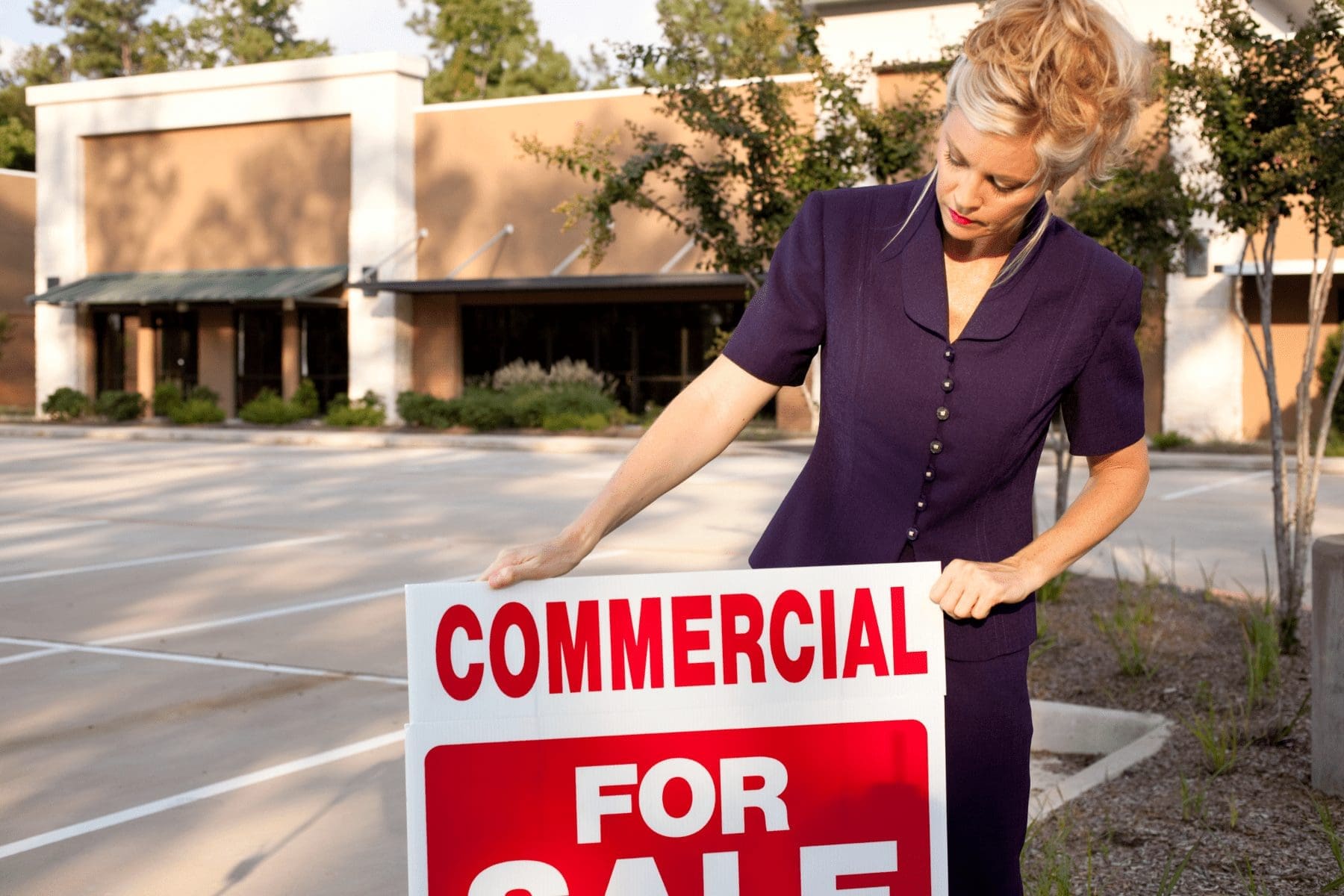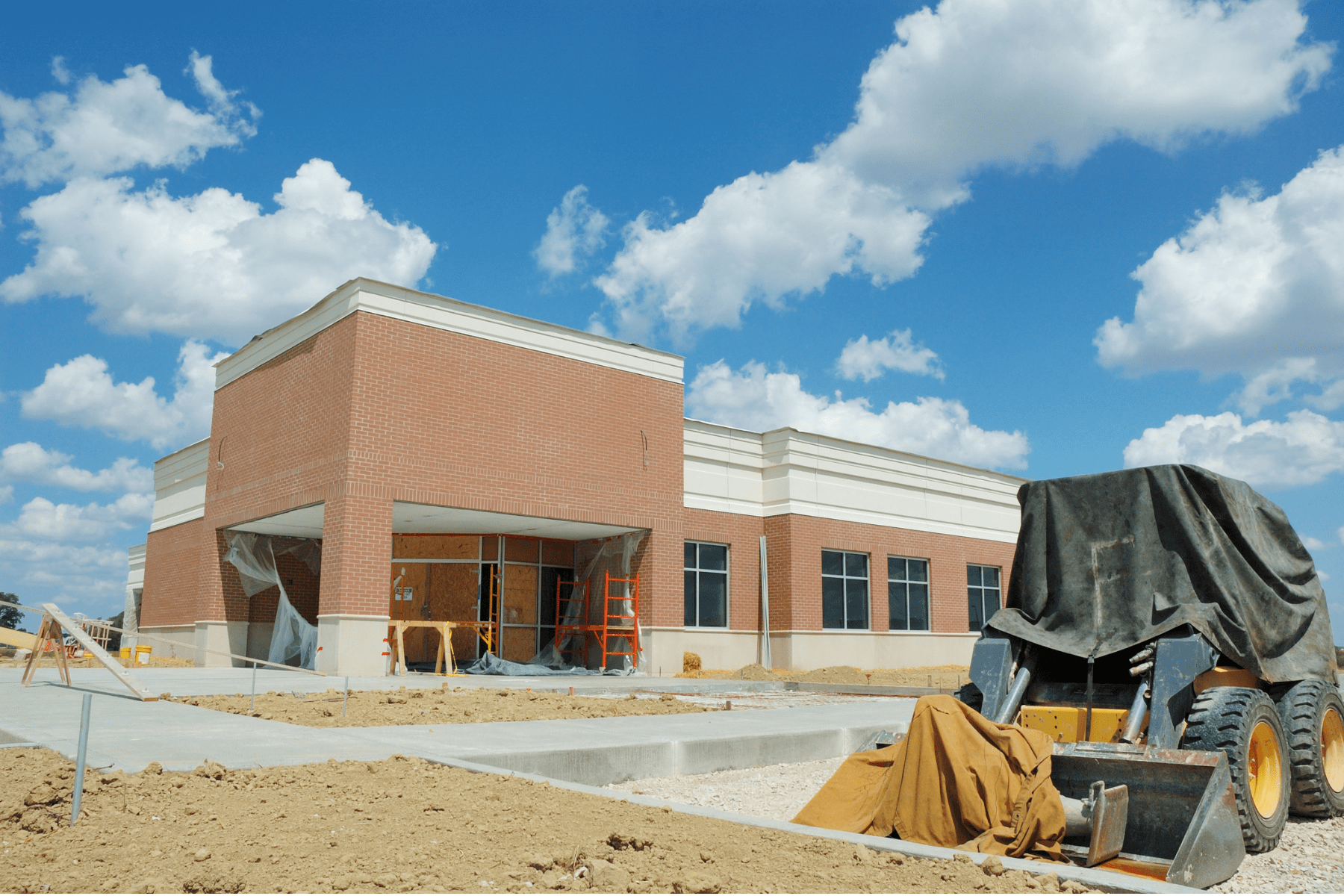Valuation
The platinum standard for most property valuations is “Replacement Cost”, meaning that the property you lost will be valued at the cost it would be to replace the items with as like items in today’s market. For example: If you lost in a fire all the furniture in your office that you bought ten years ago, the insurance company would pay to replace it with new furniture of like kind and quality as much is available on today’s market- regardless of how much it cost when you originally purchased it.
Another option that may provide you with some savings on your insurance premium but is not so advantageous if you suffer a loss is “Actual Cash Value.” In this valuation method, the insurance company will only pay what the property is currently worth (not what it would cost to replace). So that 10-year-old furniture loss would result in a much lower payout after the fire. There are more valuation options and more nuances within each insurance policy as to how particular property types may be assigned a different valuation than others. Therefore, we recommend reaching out to your InsureGood Advisor to discuss these options before purchasing business property insurance.
Replacement Cost
The cost it would be to replace the item(s) as like item(s) in today’s market.
vs.
Actual Cash Value
The initial purchase price of the item(s) less the wear and tear on the item(s) over the ownership period (depreciation).
Coinsurance
Many property policies show a “Coinsurance” percentage on the quote or policy. There are formulas and many in-depth articles that delve deeper on this topic. Still, at its basic level, coinsurance is a requirement that the dollar amount you are assigning to the value of your property is as close as possible to the actual value of the property. The higher the coinsurance % on your policy, the higher the requirement that the limit on your property policy is exactly the value of your property. In this case, 100% may not be the best option for you- since it requires that your limit value on your policy is 100% equal to the actual value of your property. If your limit is less than the real value, you will be penalized on a payout for a claim depending on how much lower your limits are than they “should” be.
For example, let’s say your property is worth $200,00 and your property limit is $100,000. You then suffer fire damage that costs $50,000 to repair. In this scenario, you will be penalized for not carrying the full $200,000 limit on your policy, and payout on the $50,000 will be reduced as a penalty. In this case, based on the formulas mentioned above, you would only receive $25,000 of coverage (since you were only carrying 50% of the limit you “should” have had).
While a high coinsurance % on a property policy may provide savings on your premium, the downside is that in the event of a claim, you may get paid out less than you would if you had a lower coinsurance percentage. It’s essential to discuss coinsurance options and requirements with your InsureGood Advisor before purchasing a business property insurance policy.
Coinsurance
The factor used to assure that the insurance carrier is receiving adequate premiums for risk being insured.
A High Coinsurance %
may provide premium savings, but you also may be paid less on a claim.
Inflation Guard
Property policies can automatically come with or provide the option for an “Inflation Guard” this is an automatic increase to your property limit at the time of policy renewal to help make sure that your limits on your policy keep up with economic inflation. Inflation guards are generally between 2%-5%. The upside to this is that it helps automatically ensure, to an extent, that your limits are keeping up with inflation and that you don’t accidentally underinsure your property. However, it is not a replacement for an annual review of your property values with your InsureGood Advisor.
Inflation guards are helpful to a point, but if any of your property has changed since you first wrote your policy, it’s no longer as beneficial. Therefore, it’s essential to be aware of and discuss inflation guards with your InsureGood Advisor before purchasing a business property insurance policy and annually review your limits to ensure accuracy.
Electronic Data Property
Believe it or not, when most of the insurance policy contracts were originally written by Insurance Carriers, Electronic Equipment (Computers, smartphones, tablets, copiers, scanners, and more) was considered a special type of property and excluded from coverage on a property policy unless you paid more to add the coverage back on. Today, those policies still exist but are far less common. There are, however, policies that still consider EDP a special type of property and “sublimit” EDP at a lower limit than the property limit shown for your “Business Property.” Navigating the insurance contract and your coverage needs for your electronic equipment should be discussed with your InsureGood Advisor, so you don’t mistakenly leave off or not have enough coverage for your electronic equipment!
Equipment Breakdown
Many property policies now include “Equipment Breakdown” as a Covered Cause of Loss, but they didn’t always. You used to buy a separate policy for this coverage or pay extra to add it to your policy. Some policies can be a la carte and still require equipment breakdown to be manually added; or you may have to purchase a separate policy. Having equipment breakdown as part of your policy is usually something business owners find to be critical coverage, so make sure to discuss this with your InsureGood Advisor when considering your business property insurance coverage options!
The Last Word
Dealing with insurance policy language yourself is never a wise choice and it gets even more complicated when dealing with your business property. Here at InsureGood, our advisors can make sure that your assets are properly protected…it’s what we do!




